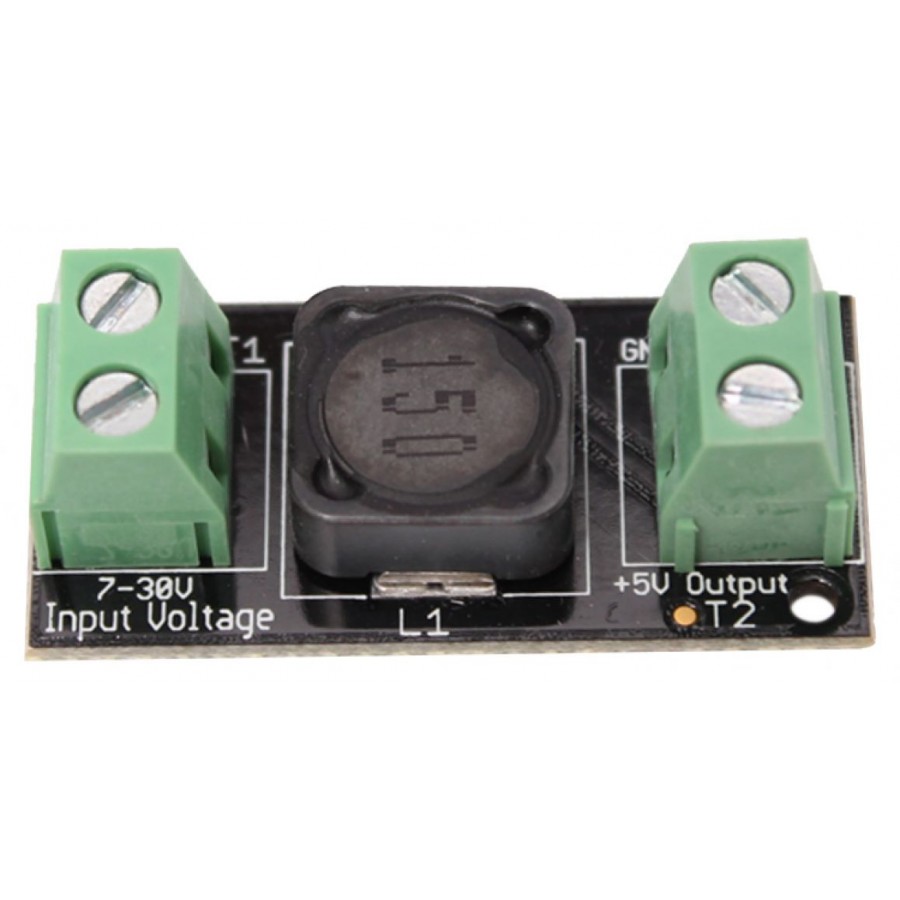I need to Power an RPi from a +24VDC industrial power supply. The RPi is mounted in a DIN-rail mounting box, in which there is plenty of space. The +24VDC is quite reliable and does not vary by more than about 0.1A depending on loading.
I've looked at DC-DC converters, and it's looking like a 15w supply would be needed to give +5VDC and a max of 3A (so seems ideal) but I can only find PCB mouting types, which isn't ideal, as I need the solution to not be making a new PCB or requiring too much soldering.
There are a fair few DC-DC converters available on ebay, but I really need something that is fairly standardised. If it could be something with screw terminals for the +24VDC, and an output that you can then connect to the header to power the RPi directly, (as I believe that's possible.. you don't have to use the USB micro B port do you?) that would be ideal.
I've also seen a reference to a UBEC, no idea what it is. Would that be appropriate?
Any and all suggestions or ideas would be welcome.
Many thanks!



